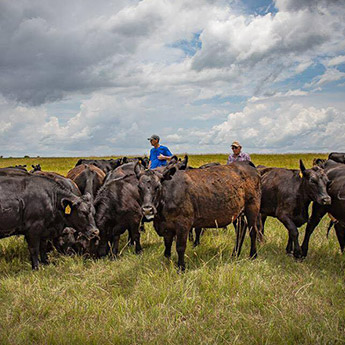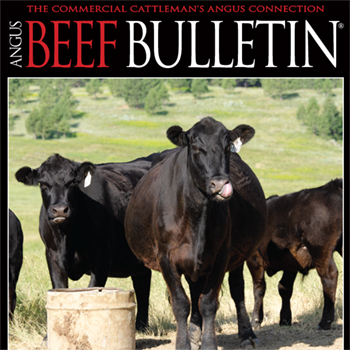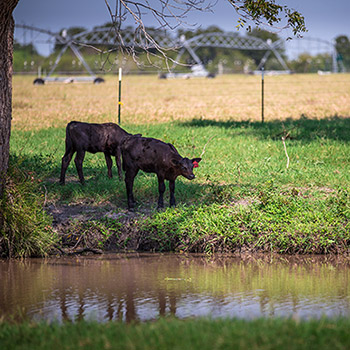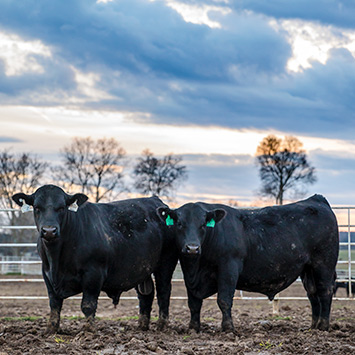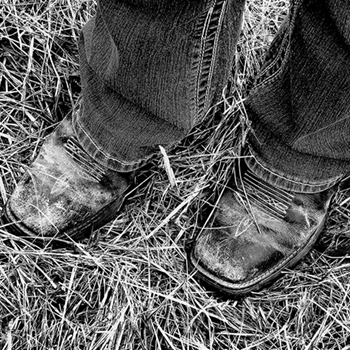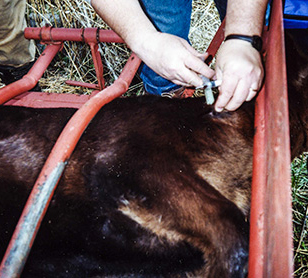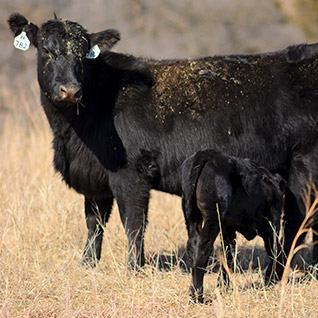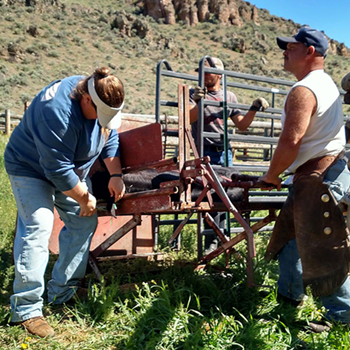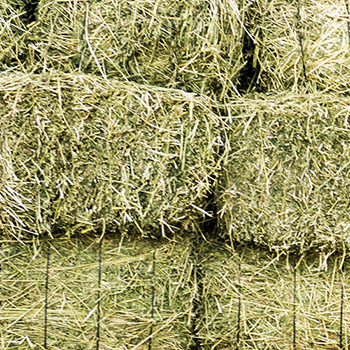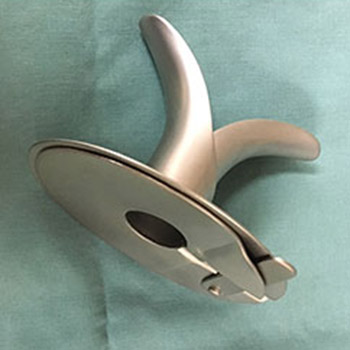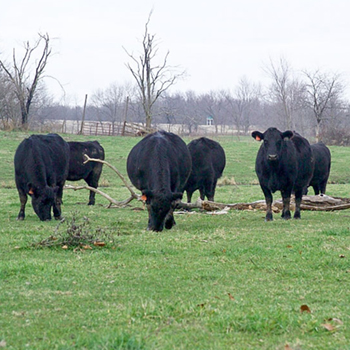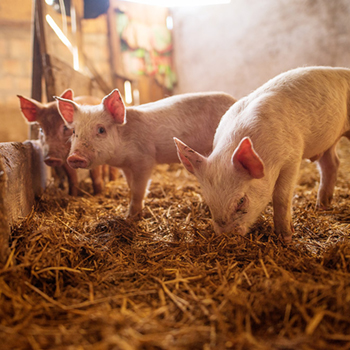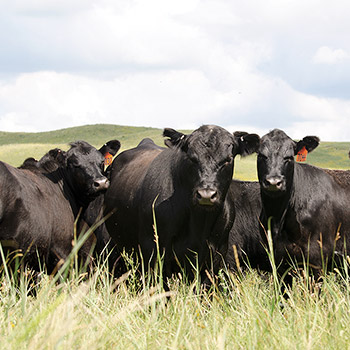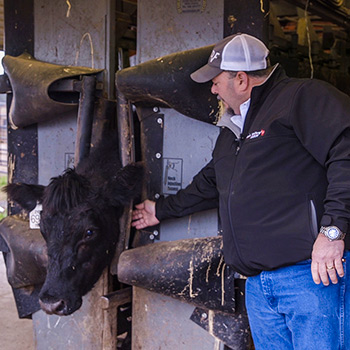Follow Directions
When giving any vaccine, it is always important to read the label.
Story & photo by Heather Smith Thomas
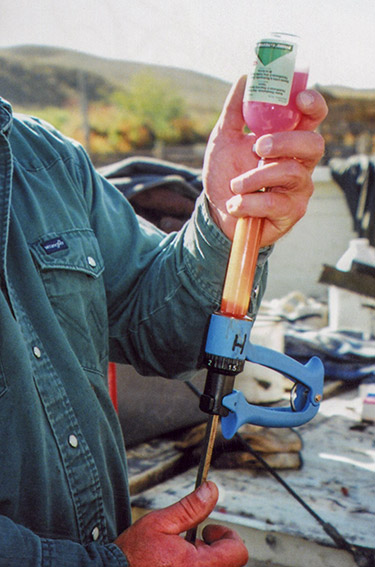 |
You need to use a vaccine that fits your own operation and follow label directions, says Tom Hairgrove. |
“As producers and veterinarians we may listen to a talk or presentation where someone is telling us that a certain vaccine can be used off label, or that this particular protocol worked well in this particular situation, etc., but this may not be the case in every situation,” says Tom Hairgrove, extension veterinarian with Texas A&M AgriLife Extension.
It’s always wise to stick with labeled usage. “The vaccine companies have spent a lot of time and money getting those label claims,” says Hairgrove.
They’ve done the required studies; they have to be able to stand behind those label claims.
He recently did a systematic review of all the literature, looking at vaccines for bovine viral diarrhea (BVD) to prevent persistently infected (PI) calves.
“There were almost 1,000 papers on this topic. I have a librarian I work with who specializes in this type of literature review. When we read the abstracts and reviewed all those papers, we ended up with only about 20 papers that followed some sort of valid, scientific protocols for their studies,” he says.
“As we went through those papers, we tried to determine whether there was any bias in their approach or conclusions. With some, it was not clear enough to tell whether there was bias, even in those 20 papers, regarding suggested vaccine protocols. For instance, a study might be trying to show that even though the label says to give a certain vaccine 30 days before breeding, they gave it as close as 15 days and it was safe. Are they really sure? Someone else did another study to say it wasn’t. If you stay with the label claims, you don’t have to wonder,” he says.
There’s also the big argument regarding whether killed or modified-live virus (MLV) vaccines are best. Many people ask this question. Hairgrove has spent a lot of time looking at the literature, and he works with many cow herds. Both types of vaccine have some very positive things, and they both have a few negatives. You need to use a vaccine that fits your own operation, and follow label directions, he says.
“If you are leaving your bulls out all year, you’d have a hard time incorporating a modified-live vaccine. If you have a short calving and short breeding season, you might be safe using modified-live vaccine, yet it still might not be what will work for you. It depends on how often you can get the cows in to vaccinate, and other situations. People ask me which is best, but it depends. Vaccinating according to label directions is always the best practice,” he says.
If you keep records, write down what you use and when, and record vaccine serial numbers, then the company will stand behind their label claims. If you have that data and ever have a problem, Hairgrove says the companies will respond and investigate it. However, too many people don’t follow label directions.
“Many people use a killed product, but the first year it’s given it has to be boostered. Occasionally I see some train wrecks, and it’s generally not vaccine failure. The producer only used one dose of the killed vaccine. The label says to use two, yet someone thought that one would be adequate,” he says.
Editor’s note: Heather Smith Thomas is a cattlewoman and freelance writer from Salmon, Idaho.
